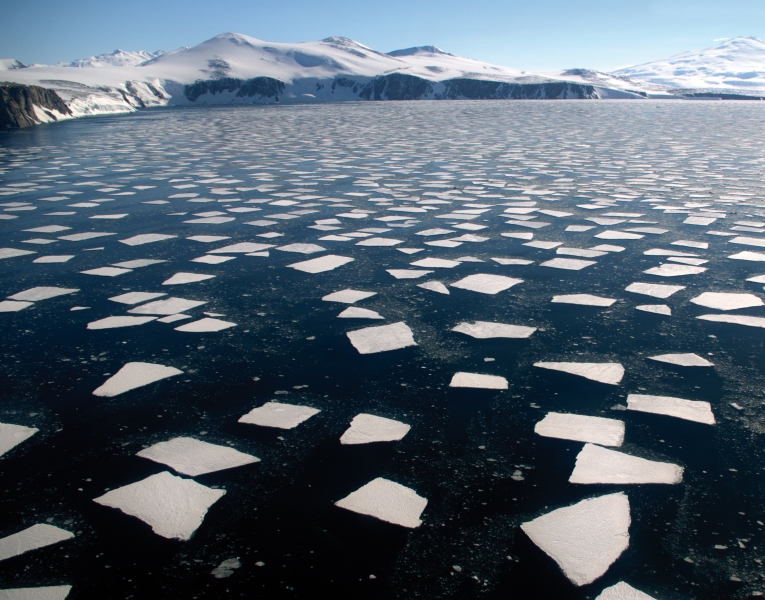Antarctic silverfish are an extremely important species in the Ross Sea ecosystem. This voyage will investigate whether their eggs are spawned elsewhere or whether there is a mass migration of silverfish to coastal spawning sites each winter.
This objective will help fill an important gap in observations of the life history of silverfish.
Because of the influence of sea ice on silverfish biology, future changes in the Ross Sea, driven by global increases in temperature, may impact spawning success and abundance of silverfish.
Echosounder to detect silverfish over winter months
To test whether there is a mass migration of silverfish to the Ross Sea over winter, or whether their eggs drift in from somewhere else, NIWA scientists will moor an upward-looking echo sounder (and other instruments) under the ice over winter in Terra Nova Bay. The acoustic instrument will be set up to detect and record the abundance of silverfish over winter and will be recovered next summer (2015/16) using one of the Italian research vessels from Mario Zucchelli Station.
Collaboration with Italian scientists
This is a collaborative project between New Zealand and Italian scientists with a strong track record studying silverfish in the Ross Sea.
The approach will use innovative technology which has not previously been used in the Ross Sea, but which has been deployed successfully elsewhere. It builds on existing Italian research to monitor silverfish in Terra Nova Bay and acoustic research carried out on silverfish by New Zealand as part of the 2008 IPY voyage.
Link with Antarctic Special Area
If successful, this project will constitute a component of the monitoring and research programme for the recently established CCAMLR Antarctic Specially Protected Area (ASPA) between Cape Washington and Silverfish Bay.
Related links
Commission for the Conservation of Antarctic Marine Living Resources
Further information
Read about New Zealand's Deep South Science Challenge

